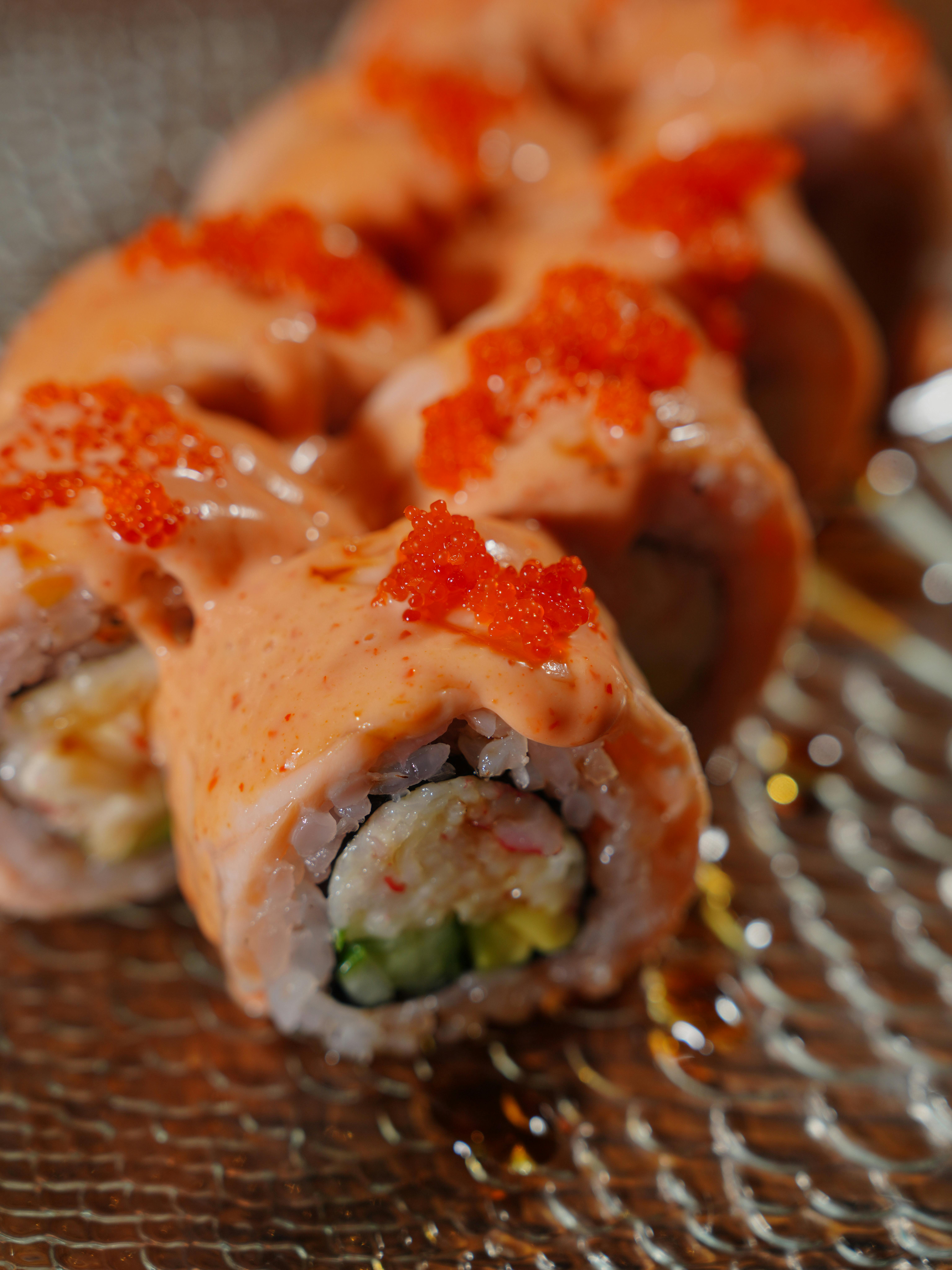
Apply Now


5 Practical Ways to Improve Painted Turtle Diet in 2025
Understanding the Nutritional Needs of Painted Turtles
Painted turtles, like many reptiles, have specific dietary needs that must be fulfilled to ensure their well-being. As omnivores, their diet in the wild consists of various items, including aquatic plants, fruits, and small invertebrates. To improve their diet effectively, it's essential to understand what do painted turtles eat in different environments and the impact of their habitat on their dietary preferences. The diet of painted turtles can significantly affect their growth and overall health. Proper nutrition can help prevent common health issues and support a long lifespan. Thus, balancing their diet with adequate protein sources, vitamins, and minerals is crucial. Captive painted turtles may require different feeding strategies than their wild counterparts due to limited access to natural food sources. This brings us to the importance of enhancing their diet with high-quality foods and supplements. For a balanced painted turtle diet, including a variety of food items such as fresh vegetables, commercially prepared turtle pellets, and occasional treats like fruits, is essential. Incorporating leafy greens like collard and dandelion greens can ensure they receive necessary vitamins. Next, let’s explore the five practical ways to boost the health and nutrition of your painted turtle.Choosing the Best Pellets for Painted Turtles
Selecting suitable pellets for painted turtles can make a significant difference in their dietary intake. High-quality turtle pellets are formulated with essential nutrients to meet the dietary needs of turtles. It is crucial to choose pellets that contain a balanced ratio of protein, fiber, fats, and vitamins. Commercial turtle food specifically designed for painted turtles often provides a healthy mix of ingredients that replicate their natural diet. When purchasing turtle pellets, look for products that highlight their protein sources. Ingredients such as fish meal, shrimp, or earthworms are excellent choices that mimic their natural predation. Additionally, check for vitamin supplementation to ensure your turtles receive all nutrients necessary for robust health. On the flipside, it’s important not to rely solely on pellets. A diet that excessively features packaged food can lead to nutritional deficiencies and improper growth in turtles. Therefore, supplement pellets with a variety of fresh vegetables and occasional protein sources for optimal painted turtle nutrition.Incorporating Leafy Greens and Vegetables
Leafy greens play an integral role in the painted turtle diet, providing necessary vitamins and fiber. Incorporating vegetables such as kale, spinach, and collard greens can ensure your turtle receives essential nutrients. These foods can help in maintaining a healthy digestive system and contribute significantly to their overall well-being. Moreover, introducing a range of vegetables increases the variety in their diet, crucial for preventing dietary deficiencies. When feeding leafy greens to painted turtles, it’s advisable to wash them thoroughly to remove any chemicals or pesticides. Fresh, organic produce can be an excellent option for ensuring your turtle's health. Be cautious of overfeeding leafy greens, as they should complement rather than dominate the turtle's diet. Striking a balance is important, and introducing varied greens gradually can help turtles adjust to new foods without stress. Understanding your painted turtle’s preferences can aid in their acceptance of new dietary choices.Offering Fresh Fruits Responsibly
Fruits can be a delightful treat for painted turtles, providing them with essential sugars and hydration. However, because fruits are high in sugar, it’s critical to limit their frequency. Some excellent options for fruits for painted turtles include strawberries, blueberries, and small pieces of melon. These fruits not only taste delicious to turtles but also offer beneficial antioxidants and vitamins. When introducing fruits, always start with small quantities to gauge your turtle's response. It's not uncommon for turtles to have specific preferences, and offering a variety helps determine what they enjoy most. Additionally, avoid fruits with high acidity or those known to be harmful, such as citrus fruits. Keep in mind that moderation is key. Overloading your turtle with fruits can lead to health issues, including obesity. Instead, treat fruits as a supplementary food item to encourage a diverse diet alongside staple foods like high-protein pellets and leafy vegetables.Utilizing Aquatic Plants as a Food Source
Incorporating aquatic plants into a painted turtle's diet contributes to their natural eating behavior and provides essential nutrients. Freshwater turtle diet in the wild often includes species-specific aquatic plants that they may encounter in their habitat. Offering options like water lettuce, duckweed, and anacharis encourages a more natural feeding environment in a captive setting. When sourcing aquatic plants, ensure they are free from pollutants and chemicals. Incorporating a selection of these plants not only diversifies the turtle's diet but also enhances their habitat's quality. Aquatic plants can help maintain water quality in terrariums and provide hiding spots for turtles, promoting their comfort and reducing stress. Additionally, monitor how your turtles interact with these foods. Familiarize yourself with their dietary habits to adjust offerings according to their preferences. By encouraging the consumption of aquatic plants, you are fostering a more balanced nutritional intake.Establishing a Regular Feeding Schedule
Consistency plays a vital role in successfully feeding painted turtles. Establishing a feeding schedule can help regulate their dietary habits and ensure they receive regular nutrition. Depending on the turtle's age and activity level, frequency might typically range between every other day to every day. Younger turtles with higher metabolism generally require more frequent feedings, while adult painted turtles may thrive with fewer meals. It is essential to monitor their growth and adjust feeding quantities accordingly. Observing how turtles react to their meals and making necessary adjustments ensures they are not over or under-fed. Moreover, consider varying the types of food offered during each feeding session. This strategy encourages curiosity among turtles and helps maintain their interest in feeding. Ultimately, a structured feeding routine enhances feed efficiency and promotes healthy eating habits while contributing to optimal painted turtle growth and diet.Conclusion: The Importance of a Balanced Diet
Improving your painted turtle diet involves understanding their unique nutritional needs and adapting to their preferences. By choosing high-quality pellets, incorporating leafy greens and fruits judiciously, using aquatic plants, and maintaining a regular feeding schedule, turtle owners can ensure their pets live healthy, vibrant lives. Recognizing the importance of variety in turtle diets can enhance their overall health, mitigate feeding mistakes, and support their growth in captivity. The dietary habits of turtles may evolve, emphasizing the need for ongoing awareness of nutritional choices in both wild and captive settings. With informed care and attention to their diet, we can promote optimum health and happiness in our painted turtle friends.
